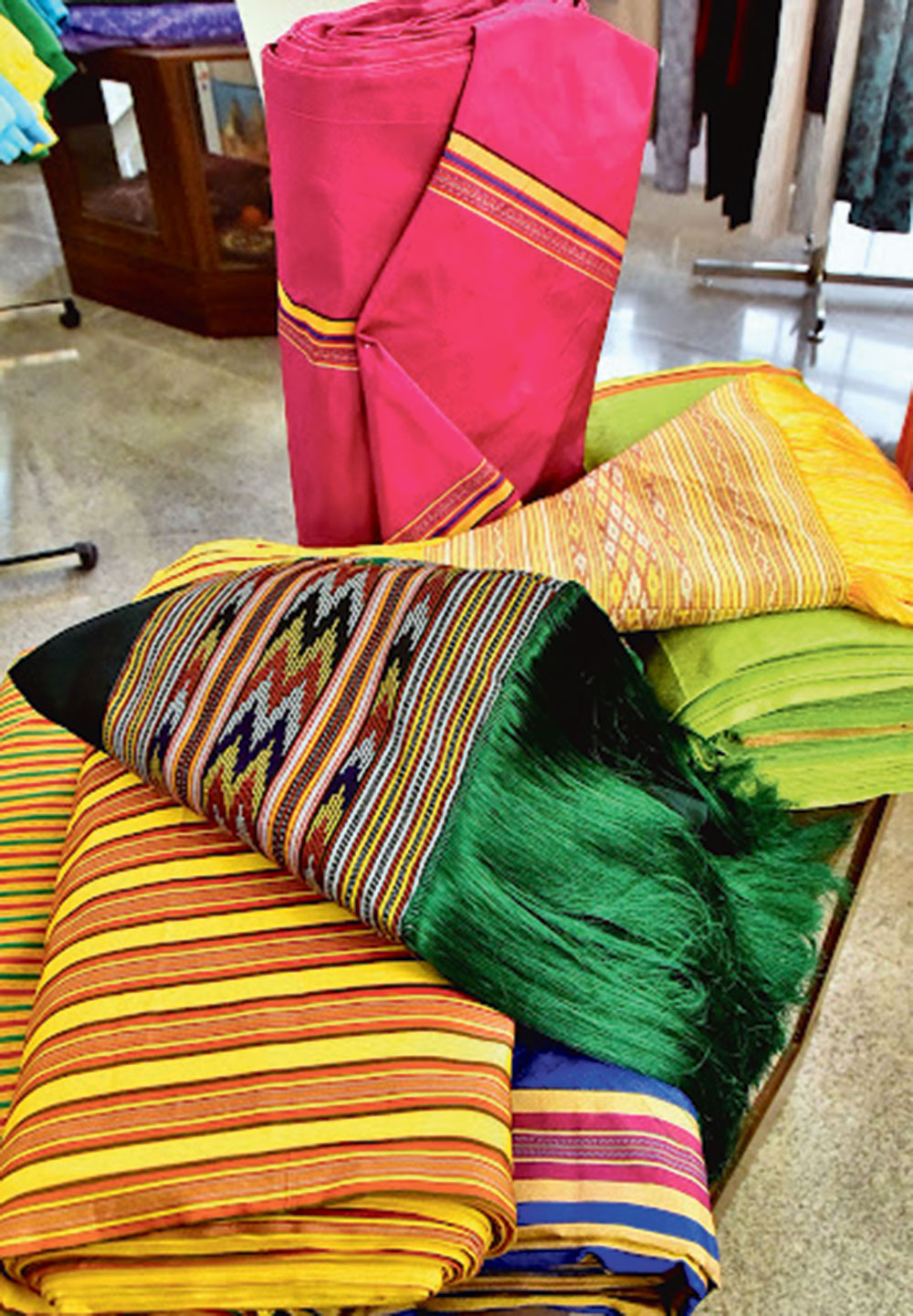This year, 2,100 tons of silkworm cocoons have been produced in Turkmenistan - a valuable raw material for one of the leading branches of the domestic agricultural industry, which has a long history and traditions. Since ancient times, the Turkmen people have been engaged in silkworm breeding and made clothes of silk, decorated with silk embroidery. Clothes made of natural silk, which are warm in winter and cool in summer, were highly valued. Silk threads were also used in carpet weaving to manufacture especially delicate and elegant products. Silk imparted colorful tints to ancient carpet designs, transforming carpets into the magnificent specimens of fine art.
The possibilities of modern production make it possible to produce fabrics of various density and texture from silk yarn - from thin chiffon and silk organza to dense taffeta and silk brocade. However, the most famous fabric among the Turkmen people has been the silk homespun fabric of keteni for many centuries. Due to its strength and brightness, it has always been highly valued and in great demand. The specimens of ancient silk fabrics made in the ancient Turkmen city of Merv are kept at the famous museums of Egypt, Great Britain and the USA. A characteristic feature of keteni are the golden stripes that frame the edges of the fabric and remain on the front side of the product, emphasizing its constructive lines. Natural silk fabric acquires a special color and shine in sunlight and is distinguished by color, which is determined by the quality of the dyes. In ancient times, only vegetable dyes were used to dye keteni fabrics, which were distinguished by brightness of tones, durability and environmental friendliness. The preference was given mainly to two colors: green - the color of life, and red - very popular in the Turkmen culture. Red fabric (gyrmyzy keteni) was considered the most luxurious fabric from which festive dresses and wedding clothes of the bride were sewn.

